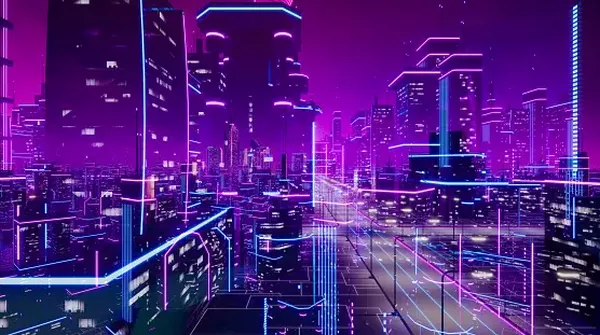In the ever-evolving landscape of virtual realities, the term “metaverse” has recently gained significant attention. It’s become a buzzword among tech enthusiasts, entrepreneurs, and gamers alike. But is Second Life, the pioneering virtual world that has been around since 2003, truly a metaverse? In this article, we will delve into the concept of the metaverse, dissect Second Life’s features, and explore its relevance in the metaverse conversation.
Defining the Metaverse: What Does It Mean?
To comprehend whether Second Life qualifies as a metaverse, we first need to understand what the metaverse entails. The metaverse is a virtual realm where users can interact, socialize, work, play, and explore, all while being represented by digital avatars. It’s a space characterized by persistence, scalability, and interconnectedness.
1. Persistence: The Key Element
Persistence is a fundamental aspect of the metaverse. It means that the virtual world exists independently of its users. In other words, actions and changes made by users remain even when they log out. The metaverse is an ever-evolving entity, shaped by its inhabitants.
2. Scalability: Expanding Boundaries
Another hallmark of the metaverse is scalability. It must have the capacity to accommodate a massive number of users simultaneously without sacrificing performance. Scalability ensures that the metaverse is a dynamic, thriving ecosystem.
3. Interconnectedness: A Web of Experiences
Interconnectedness refers to the seamless connection between various virtual experiences. In the metaverse, users can move between different virtual spaces and applications effortlessly. This interconnected web of experiences is what sets the metaverse apart from isolated virtual worlds.
Second Life: A Journey Through the Virtual World
Now, let’s turn our attention to Second Life. Established nearly two decades ago, Second Life has left an indelible mark on the virtual world landscape. But does it meet the criteria outlined for the metaverse?
1. Persistence in Second Life
Second Life indeed embodies the concept of persistence. Within this digital realm, users create and manipulate objects, construct buildings, and even craft their unique virtual identities. These creations persist, even when their creators are offline, showcasing the metaverse-like quality of Second Life.
2. Scalability Challenges
However, Second Life faces challenges in terms of scalability. While it can host a substantial user base, it often struggles with performance issues when too many users congregate in a single location. This limitation contrasts with the seamless scalability expected in a true metaverse.
3. Interconnectedness and Second Life
Interconnectedness, a vital component of the metaverse, is somewhat limited in Second Life. The platform operates as a collection of discrete user-created regions rather than a unified, seamlessly connected world. Moving between these regions can sometimes feel disjointed, hindering the metaverse experience.
The Role of User-Generated Content
One remarkable aspect of Second Life is its thriving ecosystem of user-generated content. Users have crafted intricate virtual worlds, hosted events, and established their virtual businesses, mirroring real-world entrepreneurship. This user-driven creativity is a testament to the platform’s longevity.
1. Virtual Commerce in Second Life
One of the notable features in Second Life is its virtual economy. Users can buy, sell, and trade virtual goods and services using the platform’s currency, Linden Dollars. This economic ecosystem has led to the emergence of a virtual commerce industry within Second Life.
2. Artistic Expression and Second Life
Moreover, Second Life has become a canvas for artistic expression. Artists and creators use the platform to showcase their talents, hosting exhibitions and performances that attract a global audience. This showcases the potential of virtual worlds to foster artistic communities.
Second Life in the Metaverse Conversation
While Second Life may not fully meet all the criteria of a metaverse, its enduring presence and unique features have earned it a place in the ongoing metaverse conversation.
1. A Metaverse Precursor
Second Life serves as a precursor to the metaverse, offering valuable insights into the development of virtual worlds. Its user-driven nature and economic systems have influenced subsequent virtual worlds and platforms.
2. Evolving Toward the Metaverse
Recognizing the changing landscape of virtual realities, Second Life’s creators are actively working to enhance scalability and interconnectedness. Projects like “Second Life 2.0” aim to align the platform more closely with the metaverse concept.
See Also: Navigating the Metaverse: Do We Really Need It?
In conclusion
Second Life may not be a full-fledged metaverse, but it undeniably occupies a significant place in the history and evolution of virtual worlds. As the metaverse conversation continues to evolve, Second Life serves as a testament to the enduring appeal of user-generated content and virtual communities in the digital realm. Whether it ultimately transforms into a metaverse or remains a distinct entity, Second Life’s impact on virtual reality is undeniable.
Related topics:

















